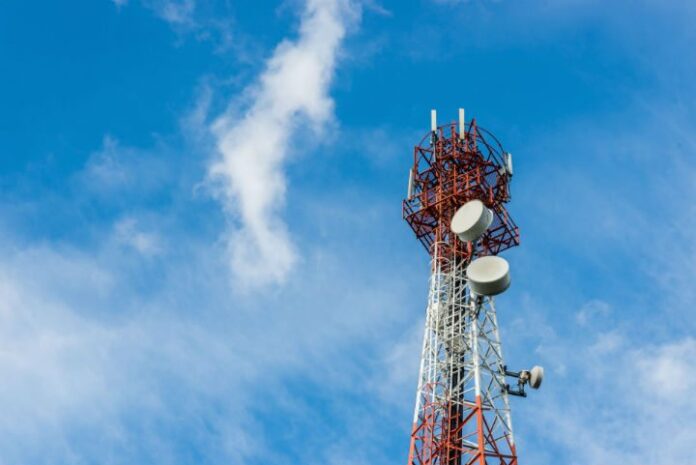C-RAN is an acronym gaining popularity in the wireless industry, though it refers to two different meanings. The first meaning is centralized radio access network, while the second meaning is cloud-based RAN. Both meanings are related concepts and involve a new architecture for network equipment at cell sites.
The C-RAN concept was first introduced by China Mobile Research Institute in April 2010, and the network architecture is currently being deployed by mobile operators globally.
RAN is the equipment that connects to cellular antennas, processes the signal and sends it to the core network. As the demand for connectivity has exploded in recent years, mobile operators around the world have looked for ways to minimize the footprint and cost of their equipment. This has led to the move to centralize parts of the RAN.
The C-RAN architecture is designed to allow mobile operators to move the baseband processing unit to a central location in support of multiple remote radio heads. Until recently, the BBU was almost always located on-site near the bottom of the cellular antenna. This model forced network operators to lease the space, run power to every BBU and cool the equipment inside, which resulted in high operational costs.
C-RAN offers mobile operators the possibility to centralize multiple BBUs in a single location, either at a cell site or at a centralized BBU pool location. This allows telcos to simplify the amount of equipment needed at each individual cell site, among other benefits.
C-RAN architecture uses fiber to connect base station equipment to tower-top remote radio heads and antennas. In some architectures, the BBUs are linked and can share information, and in others they are simply located in the same building. Colocation of BBUs is increasingly popular for carriers deploying distributed antenna systems.
The deployment of a C-RAN architecture also allow operators to save money, as it can cut costs in at least two ways. First, real estate is almost always less expensive at a data center location than at a cell tower site. Through this architecture, mobile operators can consolidate base station equipment for multiple cell sites at a central office or data center. Second, power loss is much lower with fiber than with cable, so the fiber connection associated with C-RAN can reduce operating expenses.
Regarding the deployment of cloud-RAN architectures, this model will allow mobile operators to be in a position to meet increasing requirements relating to latency, data rates and traffic volume through the use of network functions virtualization techniques and data center processing capabilities in their networks, which supports resource pooling, scalability, layer interworking and spectral efficiency.
Centralized RAN is an architecture in which the mobile operator maintains direct control and ownership of the baseband equipment. On the other hand, cloud RAN implies this equipment is owned by another service provider, or the baseband processing is handled in software run on a generic “white box” server.
C-RAN may also lay the groundwork for the “5G” networks of the future. Analysts expect 5G networks to connect mission critical machines as well as personal mobile devices. For that, these networks will need faster response times than today’s LTE networks. This will require low latency communication between base stations, so colocated base stations may be a cost-effective way to implement next-generation architectures.

